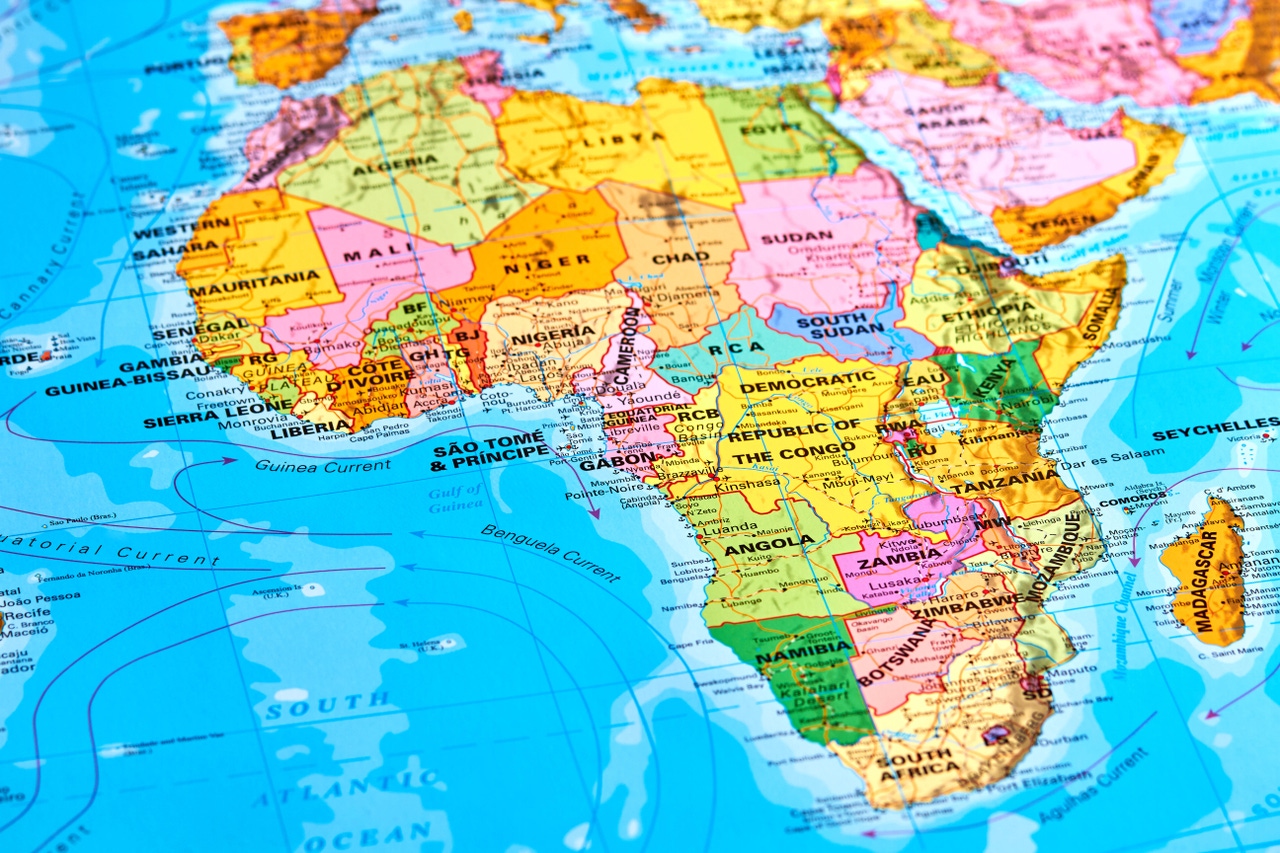Africa Battles Wave of Subsea Cable BreaksAfrica Battles Wave of Subsea Cable Breaks
The continent's operators struggle to provide businesses network resiliency for the much-needed economic growth of African nations.
June 14, 2024

Doing business in Africa has become tougher thanks to recent subsea cable cuts off South Africa, western Africa in April, and the numerous cable cuts in the Red Sea in February, with repair on the last group yet to conclude.
Africa is home to endless national resources, with terrain from the Sahara Desert to deep jungles and Mt. Kilimanjaro. But the continent’s communications options are fragile and limited, with backups such as satellite and wireless insufficient for high volumes of traffic.
The number and impact of the subsea cable cuts underscore the fragile nature of Africa's telecom options, not just multinational businesses in the continent, foreign businesses considering expanding to the continent, and African countries looking to attract economic investment globally.
The cost of subsea cable failures can be substantial, with repairs costing up to $6 million on average and taking around 13 days to complete. Additionally, the cost of cable repairs in bad weather can escalate to upwards of 200,00 Euros per day, emphasizing the need for a focus on the long-term reliability of subsea circuits.
Recent outages: West Africa
An update from the WIOCC, a wholesaler carrier that delivers high-capacity connectivity between Africa and the rest of the world, said 35 networks across West African countries, Nigeria inclusive, have been restored to full capacity resilience, adding that it will take another four weeks to fully restore internet services to all network operators that are connected to the affected four submarine cables that came from Europe, with landing points along the West African coast.
WIOCC has access to vast terrestrial fiber and subsea cable networks. The carriers’ carrier offers cloud operators, content providers, fixed and mobile telcos, ISPs, and other operators reliable, seamless, high-capacity connectivity between more than 30 African countries and key global financial and commercial centers.
The WIOCC head estimated it will cost a total of about $2 million to achieve full restoration to a single subsea cable, depending on the extent of the cut on the cable.
Commissioned studies show that new cable landings can be a catalyst for change. Decreases in broadband prices and increases in broadband penetration rates often translate into economic growth for the surrounding population that benefits individuals and businesses.
RTI International, an independent nonprofit research institute, reports that 2Africa will improve Africa's GDP by up to 0.58 percent, equivalent to about $36.9 billion within the first two to three years of operations. The company emphasizes this is “a very conservative estimate since more countries have been added to the cable design since the study was published.”
With the situation approaching a breaking point, the telco for a small island nation vacation destination and financial services user off southeast Africa was victimized by a cable outage that cut its internet connection. Mauritius reported business interruptions as ATMs, banks and hotels for hours were without Internet access. Now, it has taken action that could eventually help the region in the future.
Mauritius Telecom CEO Kapil Reesaul has brought together providers Reliance, Jio, Infocomm, and Orange for a new undersea cable linking Africa, Indian Ocean islands, and Asia, improving redundancy in regions hit by breakdowns.
Good news, bad news, plan
2Africa: In 2020, a consortium-driven subsea cable named 2Africa was announced and expected to be online by late last year. It practically encircled the continent, promising to provide higher-speed service and advanced technology.
Equiano: A new subsea cable driven by Google connects Europe with Western African countries through Portugal. Part of the allure is the ability to handle route diversity with other cables. It also boasts advanced optical technologies and far higher speeds of 800G.
T-4: The route will be built to link Africa with the Indian Ocean and Asia. However, it is replacing a current cable, dubbed Safe Africa Far East (SAFE), which is due to be retired in 2027 after 25 years of service. The cable will have a thousand times more capacity than SAFE, the telco CEO claimed.
While new and planned subsea cables will bring benefits to customers, planning for a major cable retirement, transitioning data, and locating sorely needed route diversity will require research and planning for starters.
“With so many cable breakdowns we are having, we want to secure the Far East with a cable that will run from Mauritius to India and Singapore,” the island telco’s CEO said in a recent interview.
The bottom line on subsea cables
The mystery now is how businesses around the world, and on the African continent, can overcome challenges to forge reliable and resilient network links to brighten commerce opportunities.
Related articles:
About the Author
You May Also Like




